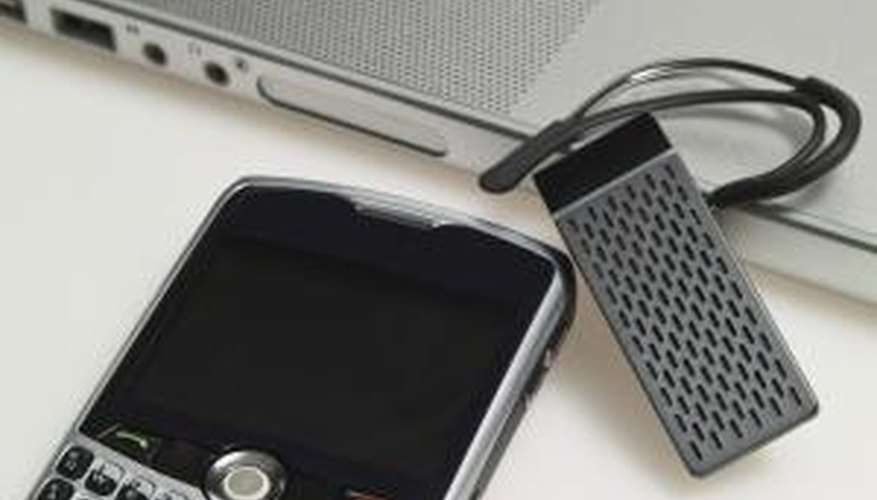The term QWERTY refers to a specific type of keyboard layout and takes its name from the first six letters of the top row. QWERTY is the most commonly used layout in modern computers and smartphones. For this reason, it is invaluable to learn how to type properly on the keyboard without having to search for each letter. Practice leads to perfection, but a few tips on memorising the letters' positions may come in handy for a novice.
Groups of Letters
Q, W, E, R, T and Y are the first letters of the keyboard, starting from the top left corner. Altogether, they form the word "Qwerty." Continue the same practice with the rest of the keyboards keys. The next set is UIOP, forming the word "U-ee-op." ASDF can be pronounced "Asdiff." "Ghi-jkl" comes from the letters GHJKL. The keys ZXCV give us "Zexcove," while BNM sounds like "Binom."
- Q, W, E, R, T and Y are the first letters of the keyboard, starting from the top left corner.
- Altogether, they form the word "Qwerty."
Home Keys
Place your indexes on the keys F and J. The rest of your fingers (thumbs are excluded) must be above the adjacent keys: for example, the middle finger of your left hand must be over D, while the ring finger of the right hand must cover L. Use each finger to type the letter it covers, as well as the ones above and below it (the left-hand pinky types A, Q and Z). Use your indexes to type the letters T, Y, G, H and B, which don't fall in a category. Via this method, your brain will associate each finger with a group of letters, allowing you to memorise the QWERTY layout easier.
- Place your indexes on the keys F and J.
- The rest of your fingers (thumbs are excluded) must be above the adjacent keys: for example, the middle finger of your left hand must be over D, while the ring finger of the right hand must cover L. Use each finger to type the letter it covers, as well as the ones above and below it (the left-hand pinky types A, Q and Z).
Route to a Word
Slowly imitate the movement of your fingers as they type a specific word. For instance, to type the word "specific," you need to go to the second key from left on the middle row to type S, then move to the far right of the top row for P, go to the left of the same row for E, move down two rows for C and so forth. This way you can memorise the keyboard through individual letter connections.
Covered Keyboard
Cover the keyboard --- and your hands --- with a handkerchief, so you can still type the keys but not see them. Open a word processor and start typing words to test your memory on the position of each key on the QWERTY keyboard. This gives you the opportunity to "force" yourself into memorising the layout and not "cheat" by quickly glancing on the keyboard for letters you cannot locate.
